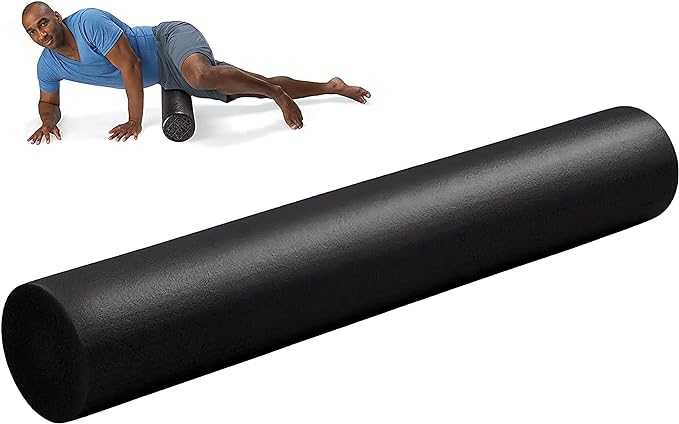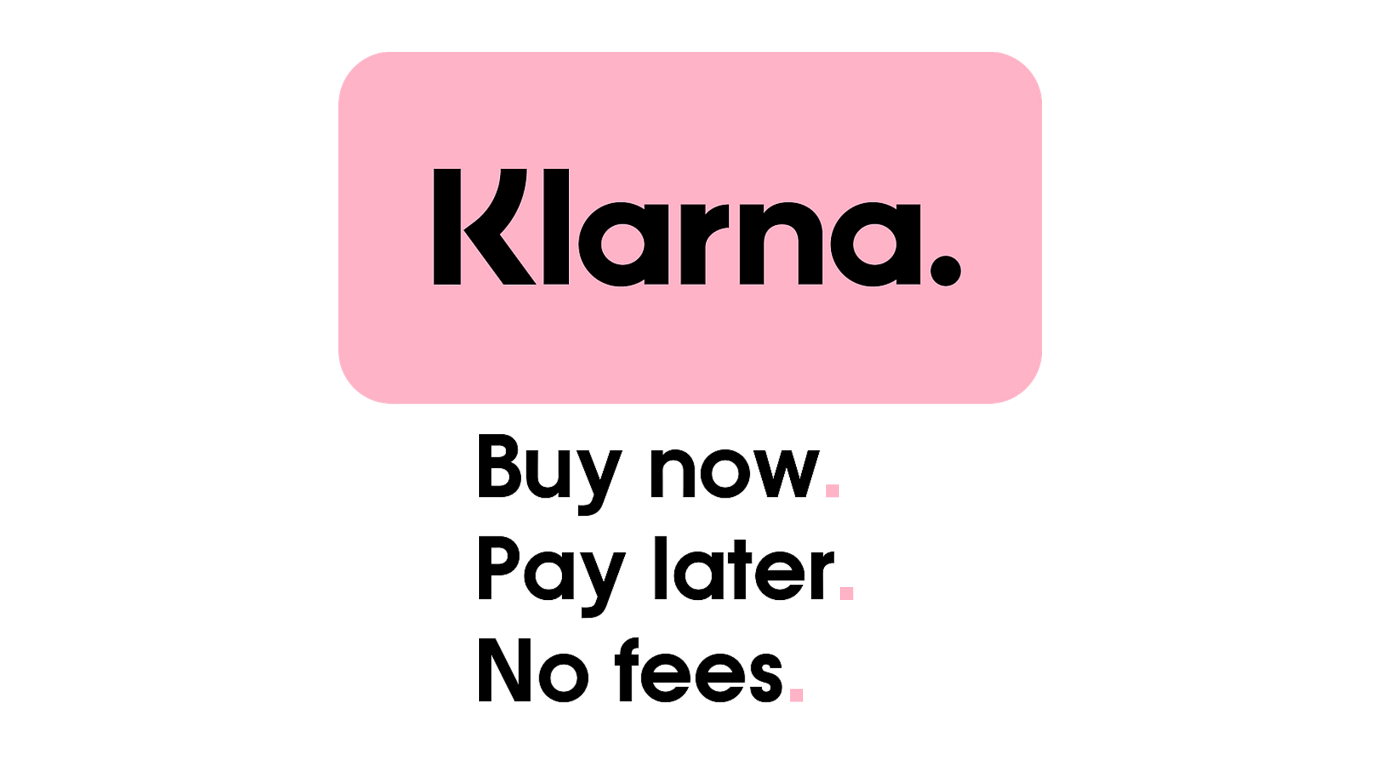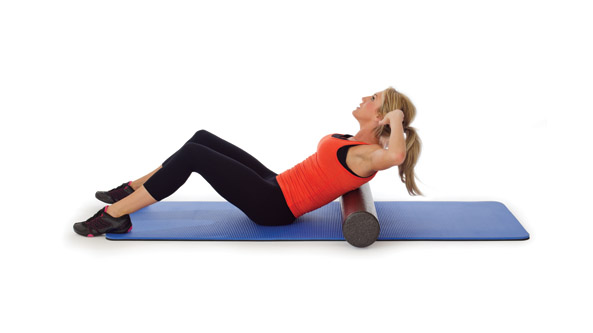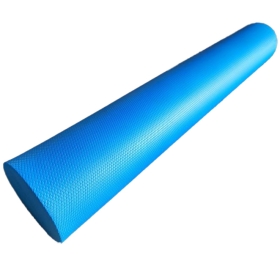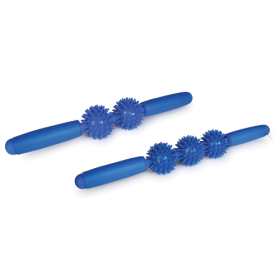Physioworx EPP Foam Rollers | For Trigger Point Self Massage, Muscle Tension Relief, Back, Legs, Workouts, Gym, Pilates and Yoga
This foam roller is made from Expanded Polypropylene (EPP) is an engineered plastic durable foam material which is lightweight.
Product Description
The EPP foam roller can help improve stability, flexibility and is great for balance training and is an excellent rehabilitation tool for any physiotherapy training. It has excellent energy absorption and high strength properties.
These foam rollers are also often used with Pilates exercises and core training.
Manufacturered from Expanded Polypropylene (EPP), an engineered plastic foam material, superior to EVA due its properties that prevent bottoming out.
The EPP roller can be used for a wide variety of stretching and massage techniques and can help improve stability, balance, flexibility and increase blood circulation.
Indications for roller use:
Physioworx foam rollers are designed to be used for physiotherapy, yoga, balance, stabilisation and muscle strengthening. The foam rollers work great with stretches and deep tissue massage for aching muscles.
Physioworx EPP Foam Rollers Features:
- Durable.
- Lightweight.
- High strength properties.
- Versatile and high quality.
- Excellent energy absorption.
What are foam rollers used for?
Self-myofascial release is a fancy term for self-massage to release muscle tightness or trigger points. Foam rolling is the most popular form of this.
By applying pressure to specific point on your body you are able to aid in the recovery of muscles. Foam rollers provide the user with the ability to control the healing and recovery process by applying pressure in precise locations, because only you can feel exactly what is happening. By releasing trigger points you can reestablish proper movement patters, pain free movement, and ultimately enhance performance.
Using a foam roller is a good alternative to massage
By using a foam roller you are able to massage large groups of muscles all at once. Foam rollers are available at many gyms and stores at a reasonable cost. Although a foam roller may not be as beneficial as a massage therapist, it is a good alternative to get a lot of the same results. Using a foam roller is essentially a more affordable way to give yourself a deep tissue massage. Foam rollers are also great because there are many different types and densities that are made to fit different people and their different needs.
Benefits of using a Foam Roller
Breaks up scar tissue
Breaking up scar tissue and adhesions between the skin, muscles and bones is crucial for a healthy body
Improves Mobility and Flexibility
-Improving mobility is a must to train harder
Removes lactic acid to aid recovery
-Lactic acid build up leads to faster fatigue and sore muscles
Saves you money
Will cost you less than ONE sports massage.
How to use a foam roller? Foam Roller exercises.
To foam roll properly, apply moderate pressure to a specific muscle or group of muscles using the roller and your body weight. You should roll slowly, no more than one inch per second. When you find areas that are tight or painful, pause for several second and relax as much as possible. If an area is too painful to apply direct pressure, shift the roller and apply pressure on the surrounding area and gradually work to loosen the entire area. The goal with this is to restore healthy muscles. Think of it like the pain you get while stretching. It should be uncomfortable, but not unbearable, and when you are done it should feel better.
Other types of Mobility Rollers
The increased popularity of self-myofascial release has led to the development of many different types of foam rollers, such as softer, less dense, harder, and rigid rollers. Research suggests that the significantly higher pressure and the isolated contact that the rigid roller provides can have a potentially greater benefit. Although these high-density rollers may be more therapeutic, they can cause significant discomfort during use. Starting off using a softer roller and progressing to a firmer one is one way to combat this problem.
Foam Rollers are not the only self-myofascial release tools available. Massager sticks and balls, such a tennis and lacrosse balls are also used for this type of therapy. These tools are often smaller and more portable than foam rollers and can be a good alternative. All of these tools have been shown to increase range of motion while not decreasing muscle strength.




